Have you ever stared at a lightning storm and felt a sense of awe mixed with bewilderment? You’re not alone. Lightning is one of nature’s most captivating and mysterious phenomena. While we may think we understand these electric displays, some storms have left the scientific community puzzled. From bolts that defy physics to inexplicable patterns of occurrence, here are ten lightning storms that have kept scientists scratching their heads.
1. The Never-Ending Storm of Catatumbo
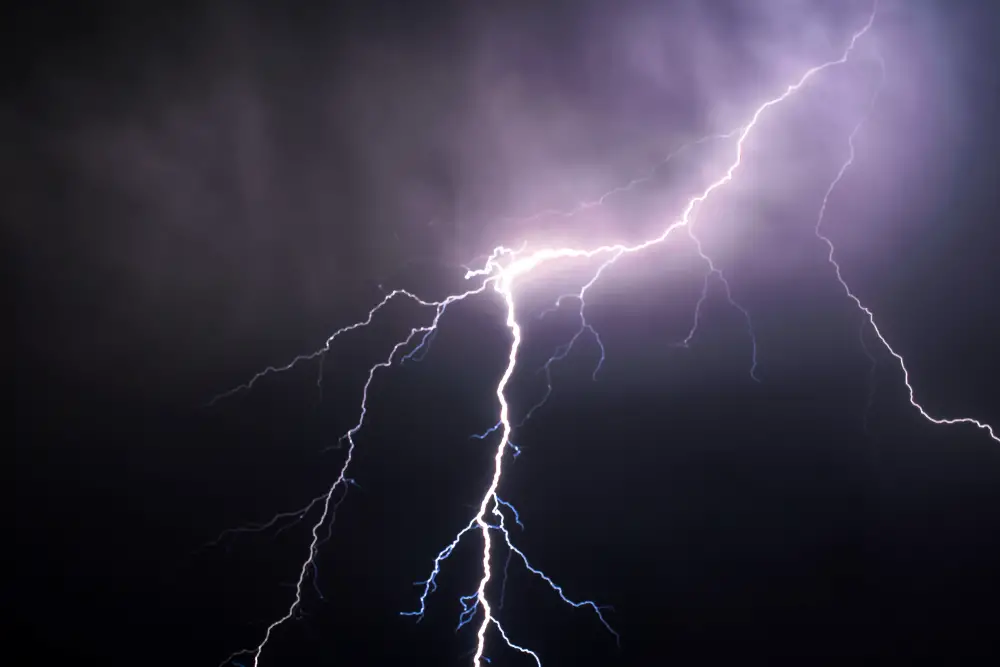
Imagine a storm that never seems to end. At the mouth of the Catatumbo River in Venezuela, a bizarre atmospheric phenomenon occurs where lightning storms rage for about 260 nights a year, for 10 hours each night, with as many as 280 lightning strikes per hour. Known as the “Catatumbo Lightning,” this spectacle has left scientists puzzled for centuries. The lightning is so frequent and intense that it can be seen from up to 250 miles away, earning it the nickname “Lighthouse of Maracaibo.”
What’s even more baffling is the storm’s consistency over time. According to an article in The Guardian, several factors such as topography and wind patterns have been studied, but a definitive explanation remains elusive. Researchers continue to investigate the contributing elements, including methane emissions from nearby swamps and the unique air currents in the region. Despite all the theories, the Catatumbo Lightning remains a beautiful, electrifying enigma.
2. The Great Plains’ Lightning Mystery
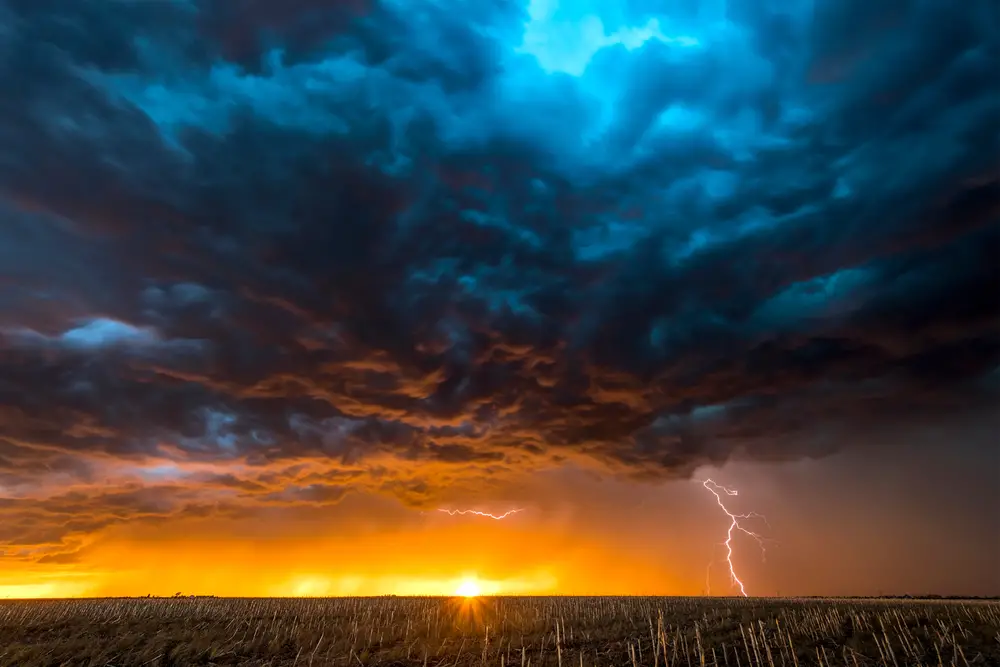
Stretching across the central United States, the Great Plains are known for their extreme weather, including tornadoes and intense thunderstorms, according to the World Wildlife Fund. However, scientists have noticed a peculiar anomaly: lightning strikes in this region have been increasing in frequency over the past few decades. What makes this especially intriguing is that these increases don’t correlate directly with any significant changes in climate patterns or atmospheric conditions.
The rise in lightning activity has sparked numerous studies and debates, but a clear explanation is still out of reach. Some researchers suggest that human activities, like agriculture and urban development, might play a role, while others point to natural cycles. Until more concrete evidence emerges, the lightning storms of the Great Plains continue to be a captivating mystery for scientists and storm-chasers alike.
3. The Lightning of Lake Maracaibo
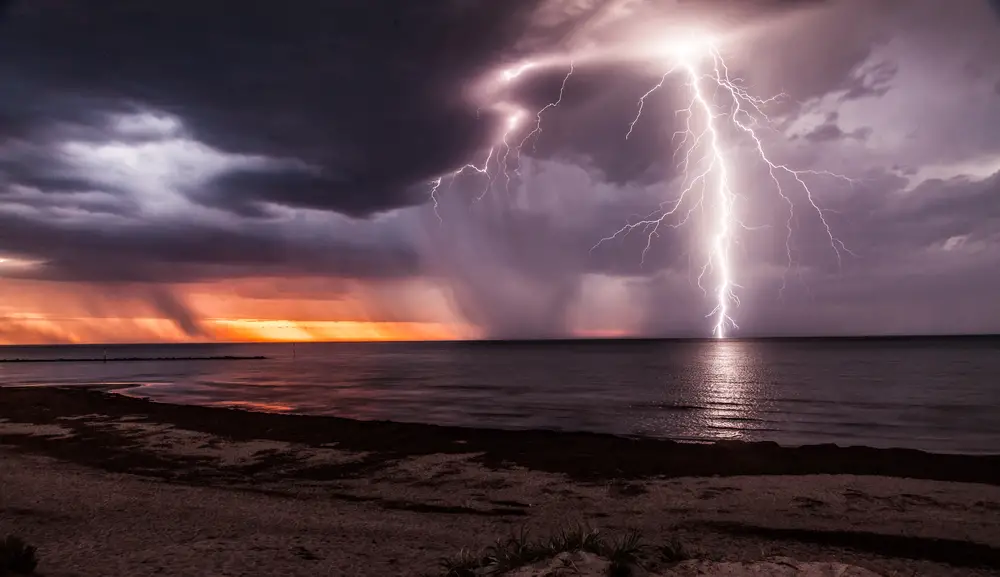
In Venezuela, another intriguing lightning hotspot exists at Lake Maracaibo, distinct yet somewhat related to the Catatumbo phenomenon. The lake’s unique geographical and meteorological conditions create the perfect stage for frequent, intense lightning storms. Occurring about 150 nights a year, these storms can produce nearly 1.2 million lightning strikes annually. The combination of warm air rising from the lake and cold air descending from the Andes mountains creates a perfect storm of electrical activity.
Despite its predictability, the Lake Maracaibo lightning is not fully understood. Factors such as water vapor, wind, and local topography all contribute, but how these elements interact remains partly mysterious. The Times notes that scientists continue to study the area to gain insights into global lightning patterns. The frequent and intense lightning provides a natural laboratory, yet the fundamental question of why this location is so electrically active remains unanswered.
4. Ball Lightning: A Glowing Enigma
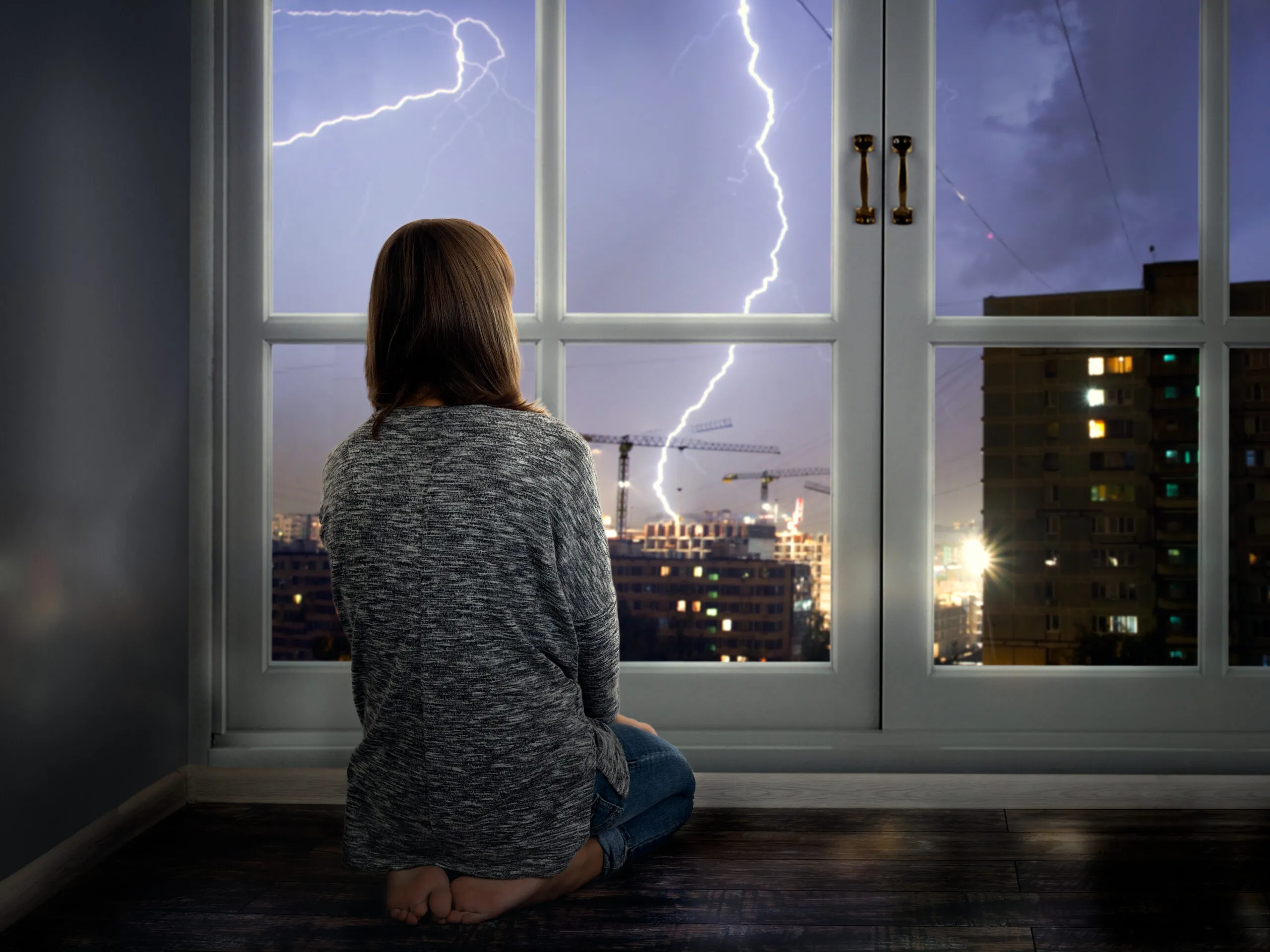
Ball lightning is one of the most bizarre and least understood forms of lightning, often appearing as glowing spheres ranging from pea-sized to several meters in diameter. These luminous orbs have been reported to last several seconds to over a minute, floating through the air unpredictably. Some eyewitnesses claim they pass through windows and walls without causing damage, while others have seen them explode violently. Despite numerous accounts, scientific evidence remains scarce due to their unpredictable nature.
Theories about ball lightning range from microwave radiation interacting with metal to hallucinations and optical illusions. Laboratory efforts to recreate ball lightning have met with limited success, adding to the mystery. Some researchers suggest it could be a form of plasma, while others argue it might be a complex chemical reaction. Until a definitive explanation is found, ball lightning remains an electrifying enigma that sparks both curiosity and skepticism.
5. The Thunderstorm that Shocked Tokyo
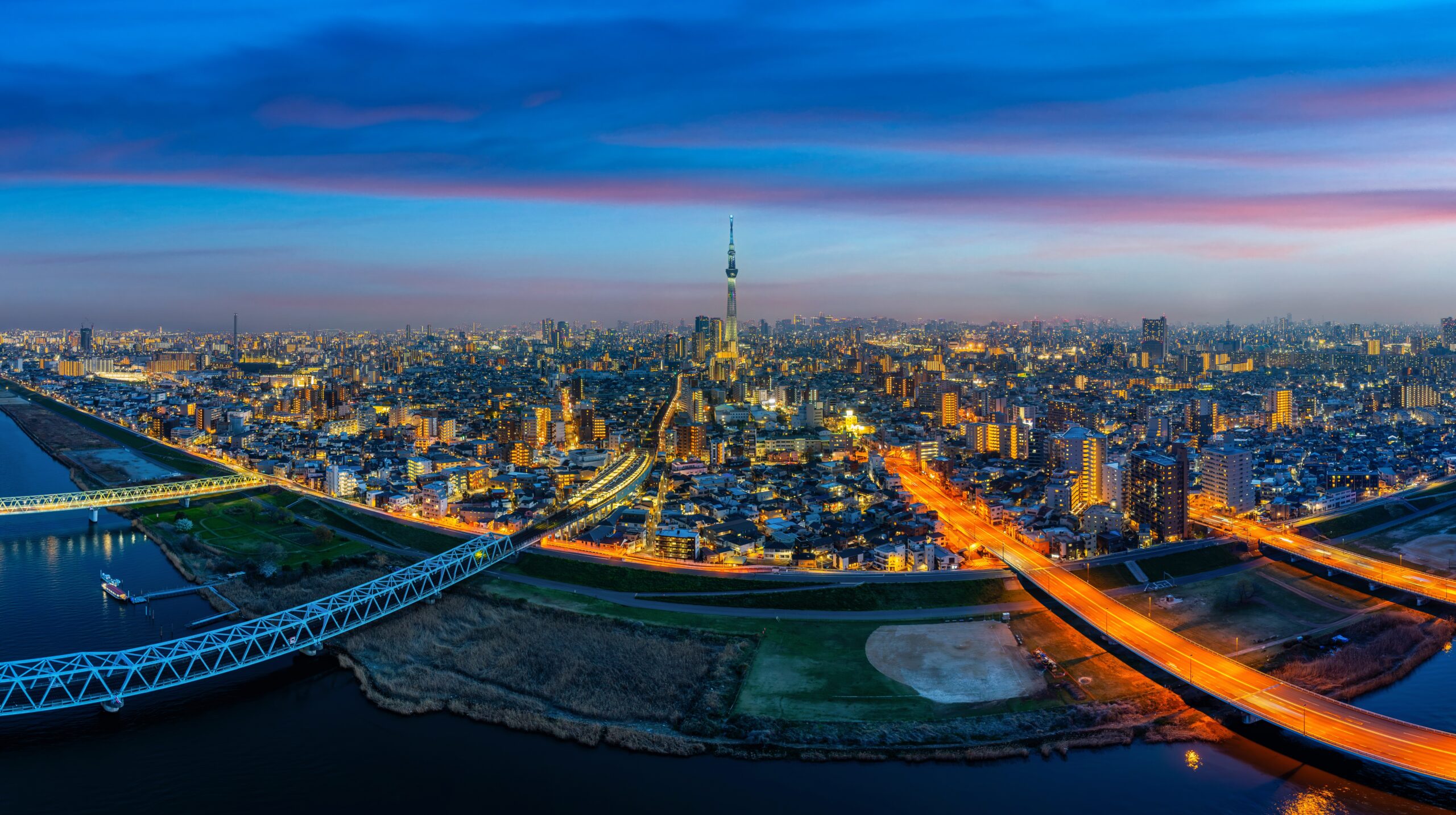
In 2010, a thunderstorm over Tokyo produced an astonishing amount of lightning, setting records and raising eyebrows. Within just a few hours, over 20,000 lightning strikes were recorded, creating a dazzling yet terrifying spectacle. This unusual concentration of lightning was unprecedented for the area, leaving meteorologists scrambling for explanations. The storm was so intense that it disrupted air traffic and caused widespread power outages across the city.
Several hypotheses emerged to explain this anomaly, including the possibility of unusually high temperatures and humidity levels creating ideal conditions for such a storm. Yet, no single explanation has completely satisfied scientific inquiry. The event has since become a case study in understanding extreme weather patterns, with researchers around the world examining the data. Despite technological advancements and improved forecasting, the Tokyo lightning storm of 2010 remains a perplexing meteorological event.
6. The Himalayan Lightning Phenomenon
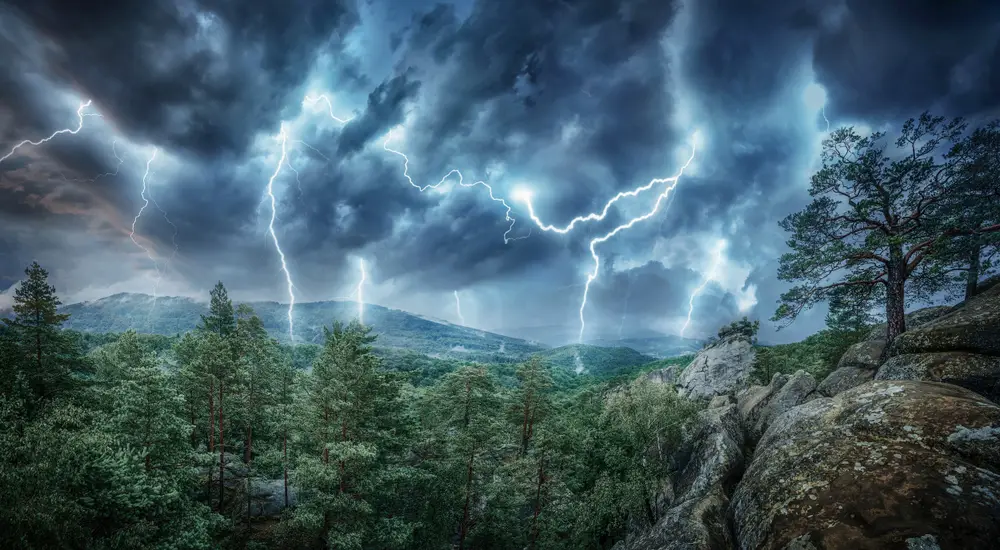
High in the Himalayas, lightning storms occur with a frequency and intensity that defy easy explanation. In this remote and rugged terrain, scientists have observed lightning behaving in unusual ways, such as striking at higher altitudes than typically expected. The thin atmosphere and unique air currents in the region may contribute to these anomalies, but the exact mechanics remain unclear. This behavior poses challenges not only for scientists but also for mountaineers and adventurers exploring the region.
One particularly fascinating aspect of Himalayan lightning is its impact on local ecosystems and weather patterns. The storms are known to alter atmospheric chemistry, affecting everything from soil nutrients to local climate. Yet, despite these observations, a comprehensive understanding of the phenomenon is still lacking. Researchers continue to study these high-altitude storms, hoping to uncover insights that could apply to other mountainous regions around the world.
7. The Mysterious Lightning Strikes of Singapore
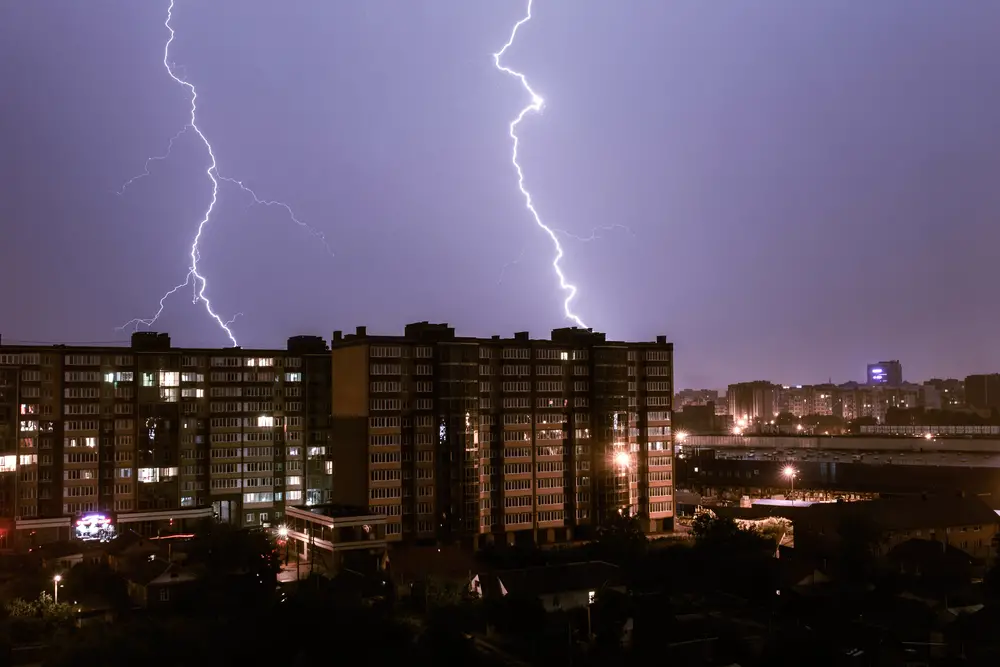
Singapore experiences some of the highest rates of lightning activity in the world, with nearly 171 thunderstorm days per year. What intrigues scientists is the patterns of lightning strikes, which seem to defy expected norms. Despite its relatively small land area, the island nation records an unusual concentration of ground strikes in certain areas. This has led researchers to investigate various factors, from urban heat islands to atmospheric pollution, as potential contributors.
The frequent lightning poses a significant safety risk, prompting advancements in lightning protection systems and infrastructure design. Yet, despite these developments, the exact reasons behind Singapore’s extraordinary lightning activity remain under investigation. Studies continue to explore the interplay between urban development, climate, and lightning frequency. Until a comprehensive explanation is found, Singapore’s lightning storms will remain a subject of fascination and concern.
8. The Arctic’s Silent Lightning Storms

The Arctic, known for its harsh and frigid climate, is not a place where one would expect frequent lightning storms. However, recent observations have revealed an increase in lightning activity in this polar region, leaving scientists puzzled. Unlike typical thunderstorms, these Arctic lightning events often occur without the accompanying heavy rainfall. The dry, cold conditions of the Arctic present unique challenges in understanding how these storms form and why they have become more frequent.
Some researchers speculate that climate change and warming temperatures could be influencing these patterns, altering the traditional understanding of Arctic weather. The implications of increased lightning activity are significant, particularly concerning the risk of igniting wildfires in this sensitive ecosystem. Scientists are closely monitoring these developments, hoping to learn more about the processes driving this unexpected trend. The Arctic’s silent lightning storms continue to captivate researchers, prompting new questions about the intersection of climate and electrical phenomena.
9. The Enigmatic Lightning of the Congo Basin
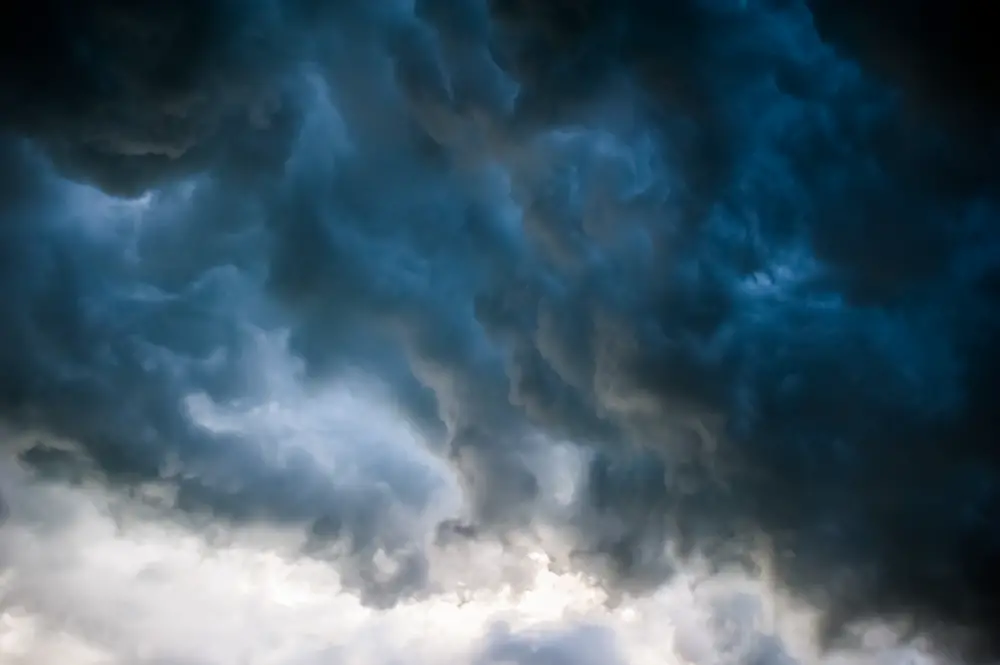
The Congo Basin is often referred to as one of the world’s most intense lightning hotspots, with storms that light up the skies in spectacular fashion. What sets these storms apart is their sheer volume and intensity, far exceeding typical lightning activity seen in other regions. Despite extensive study, the exact reasons why the Congo experiences such high levels of lightning remain unclear. The basin’s complex geography and climate patterns contribute to the mystery, making it a focal point for atmospheric research.
Scientists are particularly interested in understanding the role of local weather systems, such as the Intertropical Convergence Zone, in driving these storms. The research has broader implications, offering insights into atmospheric processes and climate dynamics. However, the Congo Basin’s remote and often inaccessible terrain poses challenges for data collection and analysis. As studies continue, the enigmatic lightning of the Congo Basin remains a vivid reminder of nature’s untamed power and complexity.
10. The Enigma of Elevated Lightning Strikes in Brazil
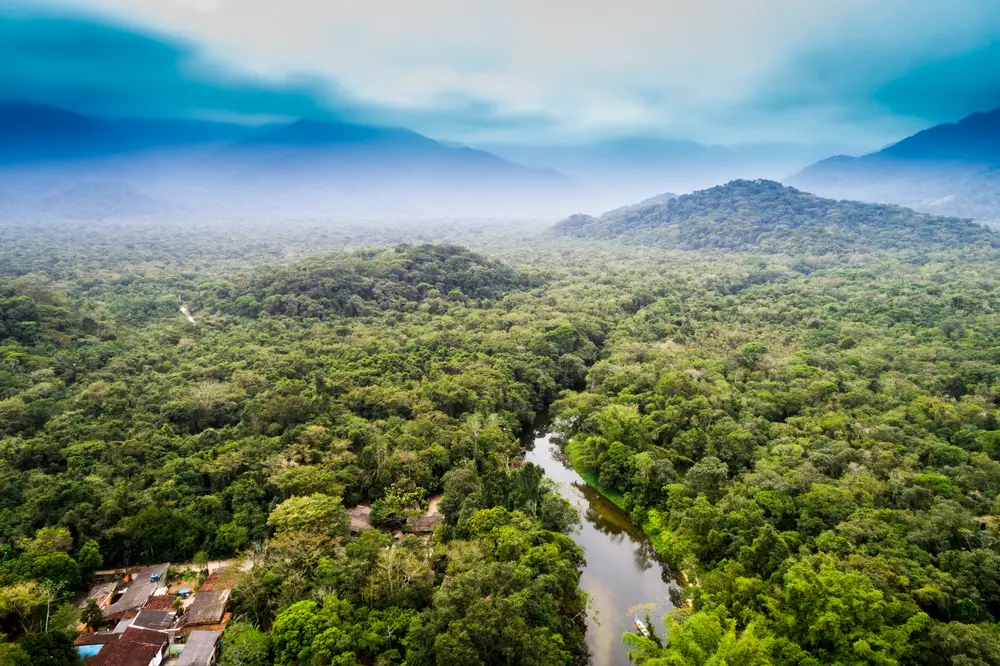
Brazil is no stranger to lightning, experiencing thousands of strikes each year, but recent data has revealed an unusual trend: an increase in elevated lightning strikes at higher altitudes. This phenomenon has caught the attention of meteorologists, as it challenges existing models of how and where lightning typically occurs. The potential causes are under investigation, with hypotheses ranging from changes in atmospheric pressure to alterations in the earth’s magnetic field.
Understanding these elevated strikes is crucial, particularly for aviation safety and infrastructure planning. The phenomenon has prompted a wave of research aimed at uncovering the underlying conditions that give rise to such storms. Brazil’s elevated lightning strikes serve as a reminder of the complexities inherent in predicting and understanding atmospheric phenomena. As studies progress, the scientific community remains focused on solving this electrifying puzzle.
